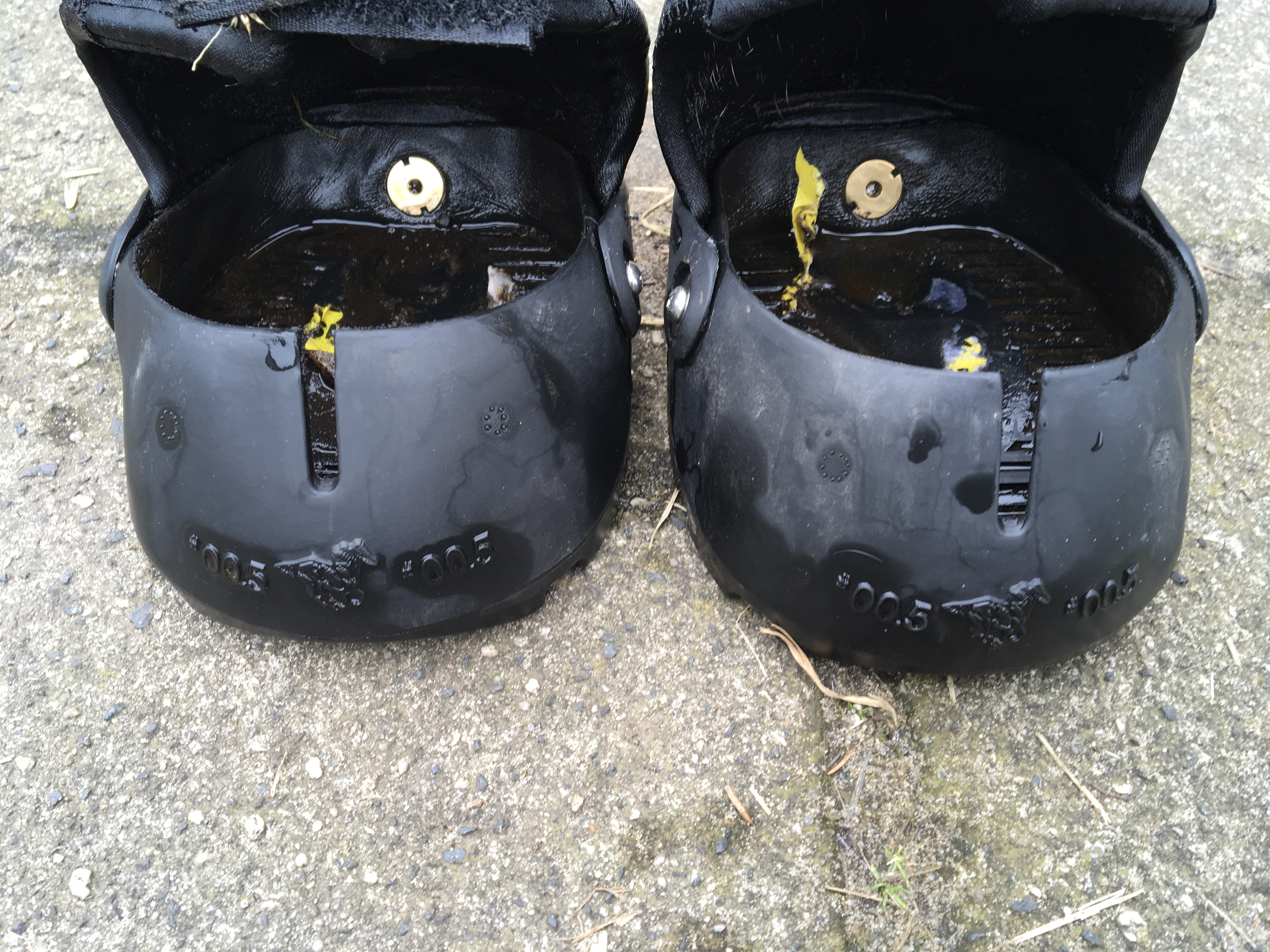

Improvements in the way joints in the wetsuit were made by gluing, taping and blindstitching, helped the suit to remain waterproof and reduce flushing, the replacement of water trapped between suit and body by cold water from the outside. Wetsuits became available in the mid-1950s and evolved as the relatively fragile foamed neoprene was first backed, and later sandwiched, with thin sheets of tougher material such as nylon or later spandex (also known as lycra). Hugh Bradner, a University of California, Berkeley physicist, invented the modern wetsuit in 1952. The bubbles also give the wetsuit a low density, providing buoyancy in water. The insulation properties of neoprene foam depend mainly on bubbles of gas enclosed within the material, which reduce its ability to conduct heat. Its purpose is to provide thermal insulation and protection from abrasion, ultraviolet exposure, and stings from marine organisms. It is usually made of foamed neoprene, and is worn by surfers, divers, windsurfers, canoeists, and others engaged in water sports and other activities in or on water. Thermal protection for water-sport and underwater workĭiving suit, dry suit, hot water suit, rash guardĪ wetsuit is a garment worn to provide thermal protection while wet.

Spring suit (shorty) and steamer (full suit) one-piece suits


 0 kommentar(er)
0 kommentar(er)
